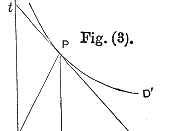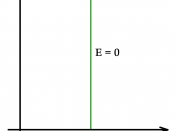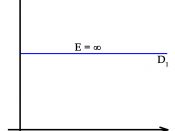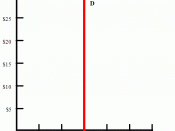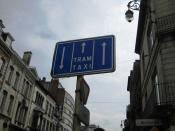Introduction to Economics Assignment 5 Revising Assignment 1 Introduction In my first assignment I came up with a combination of three solutions: - an improvement of the public transport system and a reduction in price - a reduction in the need for movements: e.g. through tele-working - the discouragement of the possession of cars: a raise of the car- and road-taxes Let's see if this course had any effect at all.
Public Transport The success of this solution depends wholly on the elasticity of demand in the transport-market. If there is a high price elasticity a reduction in the prices of transport will cause the demand for this public transport to rise sharply, which means that people will leave their cars and use public transport instead. If however, the elasticity of demand is between 0 and 1, or in other words highly inelastic, a reduction in the price of public transportation will not influence demand and thus have no effect.
In this case, spending extra money on the public transportation system would be a waste of money.
Discouraging car-possession Reviewing this argument, it seems that we derive at the same point. Again the central question is: what is the elasticity of demand for this market? If we're dealing with a highly elastic market, a raise in road- and car taxes will certainly cause the amount of cars sold to go down. However, when the market for cars appears to be inelastic a raise in car- and road taxes will not make a big difference in car-usage. The advantage of this measure compared to the reduction in prices of public transportation however, is that in any market (elastic or inelastic), a reduction in prices of public transport will cost the government money, whereas the raise in car- and road taxes will generate money.
Reduction in the need for movements After all a reduction in the need for movements seems the best solution to me. This solution will not be affected by the elasticity's for the other two markets, for it simply tackles the problem at its roots. It removes people's primary motivation for stepping into their cars: the need to get to their jobs. Therefore this will be the best solution.
